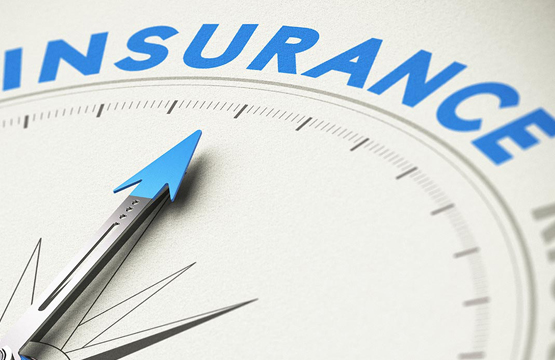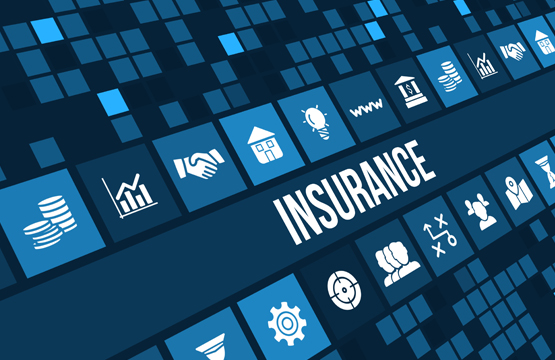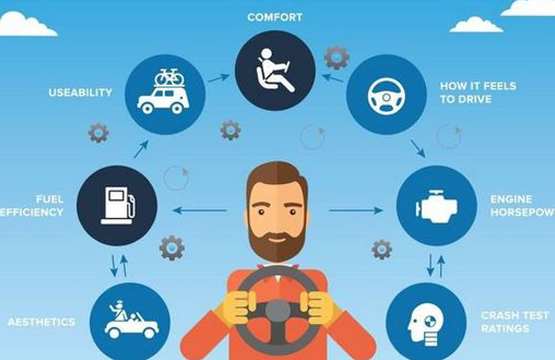Insurance Solutions

Introduction
Geography is a key tool in understanding customers, policies, claims, risk, and assets. GIS provides tools to leverage this geographic component to manage exposure to loss while successfully competing in an increasingly demanding marketplace. Natural hazards, manmade and economic events are inevitable. Location analytics and GIS play an important role in an organization to analyze, plan and manage the risk exposure in their portfolio.
GIS can be useful in many ways for the Insurance Industry.
Costumer Portfolio Management
 Monitor and identify accumulation of risks; supporting exposure budgeting.
Monitor and identify accumulation of risks; supporting exposure budgeting.
 Improve risk assessment by modeling.
Improve risk assessment by modeling.
 Get more transparency to be able to make risk-adequate decisions.
Get more transparency to be able to make risk-adequate decisions.
 Risk adequate capital allocation and transparency of resource consumption.
Risk adequate capital allocation and transparency of resource consumption.
Claims Management
 Increase efficiency in loss adjustment (improving claims management).
Increase efficiency in loss adjustment (improving claims management).
 Outline the extent of damage areas to survey losses.
Outline the extent of damage areas to survey losses.
 Detect crime misuse.
Detect crime misuse.
 Prevent claims and improve cost effectiveness.
Prevent claims and improve cost effectiveness.


Sales and Marketing
 Identify market potential.
Identify market potential.
 Target marketing campaigns.
Target marketing campaigns.
 Location Analytics can improve risk analytics by improving the access to geographic information and make the risk selection and underwriting process more efficient.
Location Analytics can improve risk analytics by improving the access to geographic information and make the risk selection and underwriting process more efficient.
